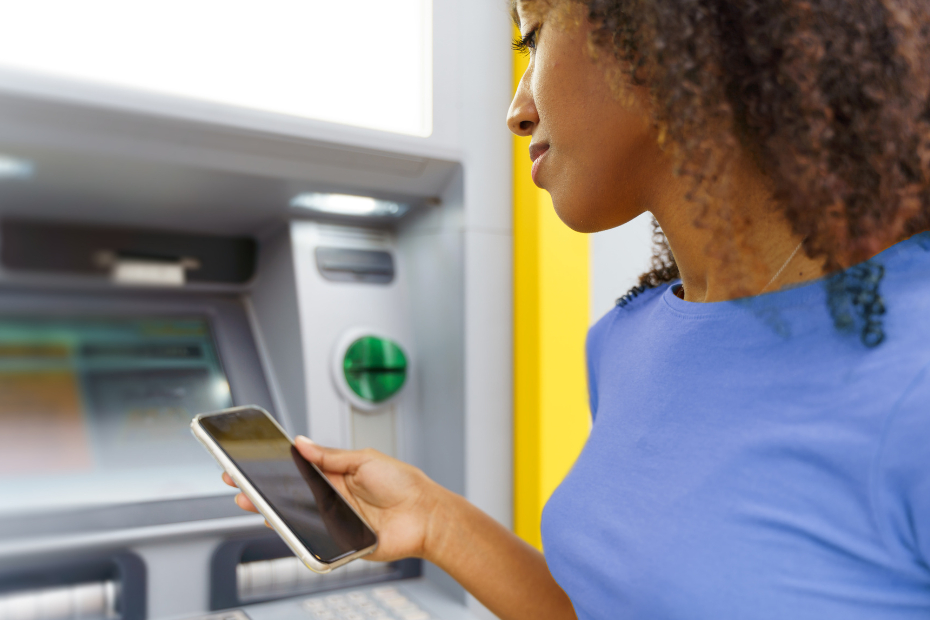A Newcomer’s Guide to Banking Services in Canada

Published July 14, 2023 • 5 Min Read
The Canadian banking system is likely different from what you have in your home country. Whether the differences are small or significant, there are new things to learn and steps to take. Here are eight tips to help you start banking in Canada with confidence.
1. Explore your banking options
Canada has different types of financial institutions, including banks, credit unions, trusts, insurance companies, and other organizations specific to investing and lending. You may want to work with an institution offering a range of services to meet your basic needs. A bank is a great place to start.
As you explore your options, here are a few important factors to keep in mind:
-
Proximity to home: Because you must visit a bank to show your identification and other paperwork to open an account, it’s worth finding a bank in your neighbourhood. When your bank is close to home, it’s also easier to get in-person advice if you need it in the future.
-
Language: Look for a bank branch that offers services in your language if you’re not completely comfortable with English or French. Many banks offer services in several languages and will post those languages on their website or signs inside the branch.
-
Newcomer packages and services: Many Canadian banks have banking packages for newcomers to meet their specific needs as they arrive in Canada. For example, newcomer accounts with low or no fees, credit cards that don’t require a credit history in Canada and other features can help simplify your life in Canada.
2. Gather your required documents
To open a bank account in Canada, you need to provide two specific pieces of identification, such as:
-
a Canadian driver’s license
-
a Certificate of Canadian Citizenship
-
a Permanent Resident card or Confirmation of Permanent Residency
-
a foreign passport
While it’s important to have copies of your essential documents, banks will need you to present originals to verify your identity and open your account.
3. Understand the different account types
There are different types of accounts available to you in Canada. The two most common account types are “chequing accounts” and “savings accounts,” which are used for different purposes.
-
A chequing account is used to handle day-to-day transactions, such as paying bills, withdrawing cash, making purchases or depositing your work pay-cheques.
-
A savings account can help you set aside money. When you have a chequing account and a savings account with the same bank, transferring money between them is easy, helping you manage your spending and saving.
4. Understand how credit works
In Canada, people commonly use credit to purchase items, such as home furnishings, appliances, clothing, etc. Having a credit card has become a financial must-have for Canadians.
Some Canadian banks offer credit cards for newcomers without a Canadian credit history, which is a helpful headstart as you begin your life here. It’s a good idea to use your credit card regularly and pay it off monthly to build a strong Canadian credit history and credit score. A good credit score will help you qualify for more credit in the future, such as a loan, line of credit or mortgage.
Want to know more about credit and credit cards in Canada? Learn more >
5. Get familiar with banking terminology
When it comes to banking in Canada, there are a lot of words and acronyms to describe products, services and processes. Even people who grew up in Canada don’t know them all! Understanding the terminology can help you better understand the ins and outs of the banking system here. A glossary of financial terms can be a great resource for you.
6. Make use of digital services
Banking online or through a mobile device is very common in Canada, offering convenient access to the banking services you use most often. You can pay bills, transfer funds between accounts, check your balance and even send money internationally anytime, from wherever you are. As you evaluate your banking options, be sure to ask about digital banking options and the services offered.
7. Protect your accounts
The Canadian banking system is considered one of the world’s safest and most stable systems. Just like in other countries, however, some criminals try to steal financial information. It is the responsibility of all account holders to do their best to protect their financial data. This includes:
-
Keeping your passwords and Personal Identification Number (PIN) secure and private
-
Signing out of your online and mobile banking sessions when you’re finished
-
Avoiding doing any banking over public WiFi networks
8. Seek financial guidance if you need
There is a lot to learn as a newcomer, and banks are ready and willing to help you as you get settled in Canada. If you have questions or need assistance with any transaction, big or small, contact a banking advisor — they will be happy to help.
We make it easy to manage your personal finances in Canada.
This article is intended as general information only and is not to be relied upon as constituting legal, financial or other professional advice. A professional advisor should be consulted regarding your specific situation. Information presented is believed to be factual and up-to-date but we do not guarantee its accuracy and it should not be regarded as a complete analysis of the subjects discussed. All expressions of opinion reflect the judgment of the authors as of the date of publication and are subject to change. No endorsement of any third parties or their advice, opinions, information, products or services is expressly given or implied by Royal Bank of Canada or any of its affiliates.
Share This Article





